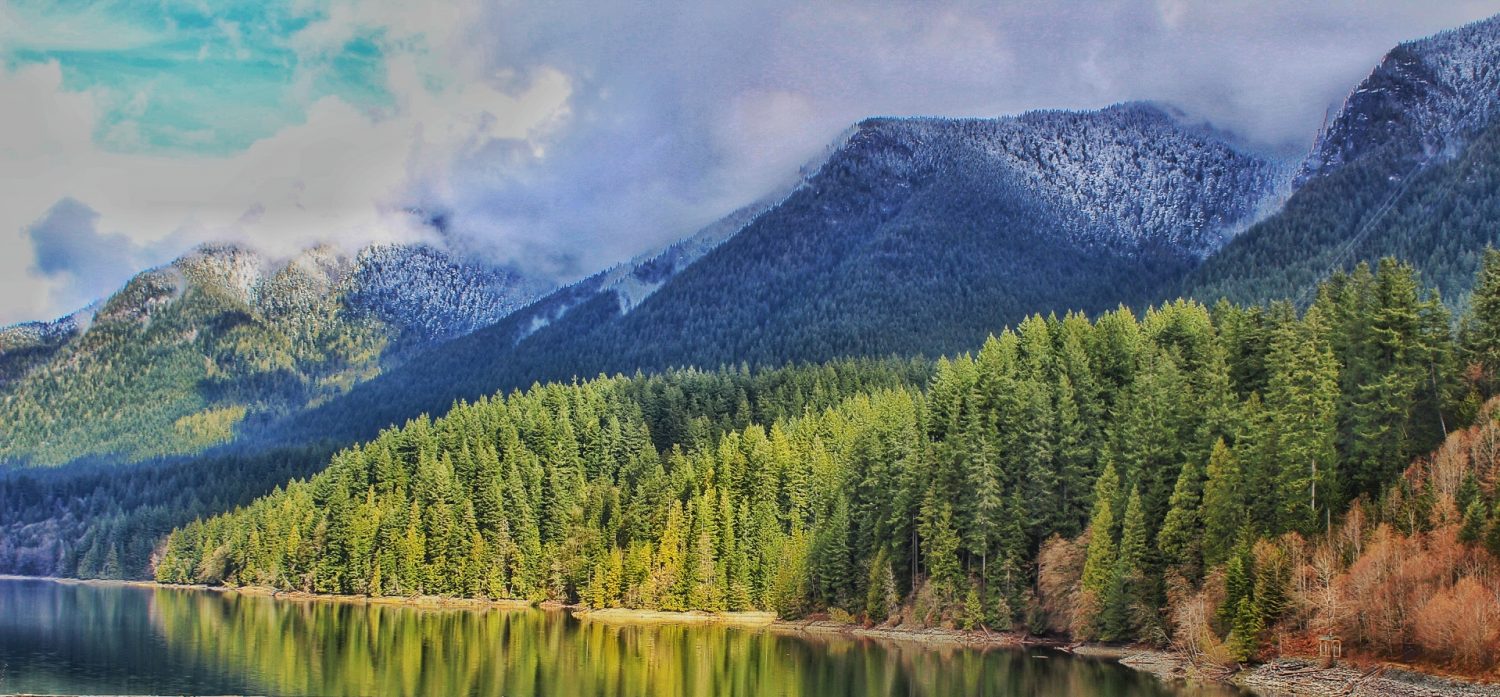Welcome to How We…
Each month, members of the Children & Families team will be sharing How We have introduced aspects of our community to our children. We will cover everything from the Aether to Zeus and we invite you on our journey. We continue with How We… Introduce The Moon
We love going on full Moon walks and just generally spotting the moon. We have a moon phase spinner so we can keep track of it, I also made moon phase cards and wooden discs so my little dilophosaurus could play with those and learn the phases. We try to incorporate learning about each full moon into our home ed journey. We look at what some of the names are that have been given to it and talk about why that might have been – why did our ancestors call it this?
We often do activities around this too-for example learning about wolves for wolf moon, make a cardboard tube beaver on a paper plate dam for beaver moon, or gummy worms for worm moon. My little dilophosaurus loves to make moon water too, they like to use it in their bath on the new moon.
We have lots of moon stories that they enjoy.
Krys
Manager, Children & Families Team
The moon is introduced in our family at a young age, how could it not be; children are fascinated by the moon and it’s changing shape.
It’s hard to understand the moon cycles as a little one so I wrote a story called “Squirrel and the Moon” to explain it. My young teens know about the moon cycles and the names within the cycle. To remember the workings of the moon I wrote a little rhyme to help them.
New moon – to start anew
Waxing moon – make a wish or two
Full moon – a charging light
Waning moon – let’s get things right
Dark moon – rest and contemplate
Blue moon – rare, let’s celebrate
The young teens are interested in the full moon, the names, varying colours and the myths associated with it including werewolves and the various theories on how the moon came into being. We’ve also learnt about the etymology of the word moon and the lunacy story behind it.
Hannah
Mid-West & Wales Liaison, Children & Families Team
The moon is such a brilliant topic to share with kids because it’s, well, it’s always there. It’s undeniable. No matter how linked to different paths, faiths, and aspects of spirituality it is, there’s also a huge scientific aspect that’s just as fascinating. Also, it’s incredible how excited we get about the moon when we first start to spot it in the sky.
When my now five-year-old was only 18-24 months old, she suddenly started noticing the moon in the sky. She was so over-awed at even a glimpse of moonlight through the curtains that she would (for months) scream continuously until one of us picked her up to go to the window and look at it properly. “Moon! Moon! Moon!” was the (very loud) chant during this time. I wonder if it’s the sense that there is something beyond what we can see and touch on the Earth around us, that’s made very manifest when we notice the moon.
With the older kids, we talk about the phases of the moon, and for the one who has shown some vague interest in Paganism, I talk to him about how people can be affected by different phases of the moon, and the different philosophies surrounding this. Is it lunar energy, or just gravity affecting us the way it does the tides? The moon is such a great talking point, and while it’s a crucial part of my own faith, it’s the scientific and astronomical aspects that cause the most wonder for us all.
Mabh
Secretary, Children & Families Team
